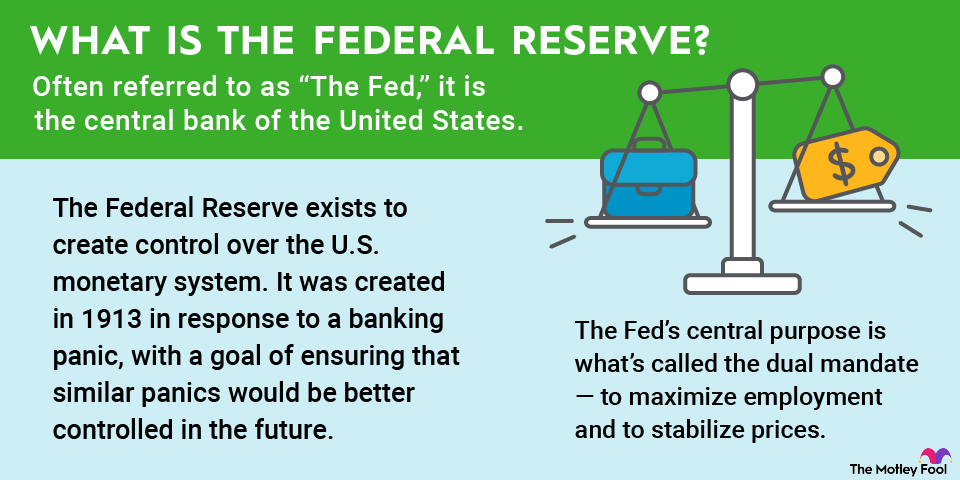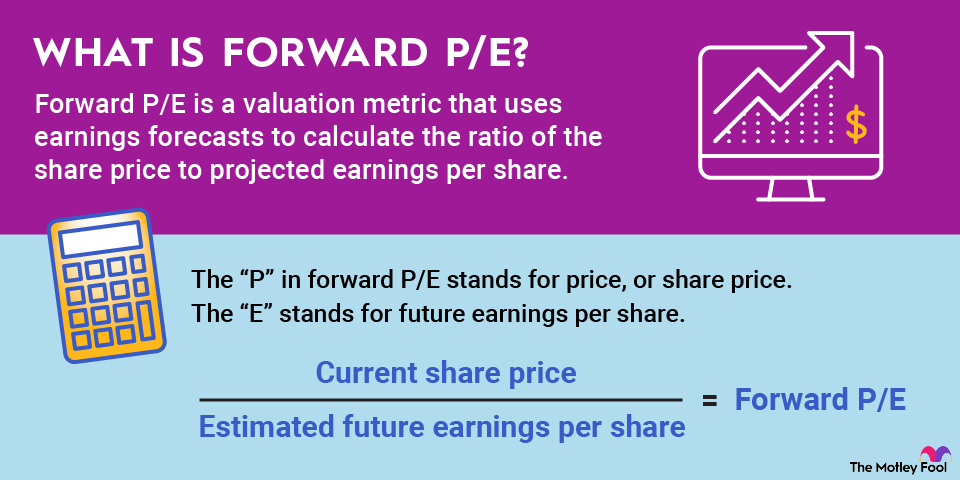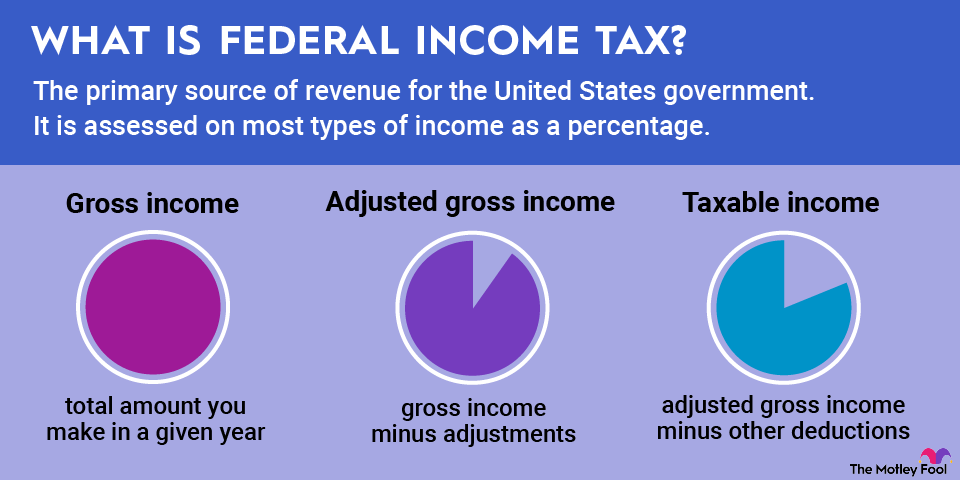By aligning their fiscal year with a period that reflects their business operations, companies can provide a more accurate picture of their financial performance to investors and analysts. Additionally, having a fiscal year that differs from the calendar year can also offer tax benefits and simplify financial reporting by reducing the need to adjust or reconcile results between different accounting periods.
For example, Apple (AAPL -1.66%) ends its fiscal year on the last Saturday of September; Costco (COST +0.77%) flips to a new accounting year on the Sunday closest to Aug. 31. After these custom year-end dates, their fiscal quarters follow in three-month periods.
The choice of fiscal year periods isn’t always completely logical. For example, Apple has operated under this off-kilter fiscal calendar for decades (although it moved the quarterly endpoints from Fridays to Saturdays in 1999). The iPhone maker and App Store operator you see today is very different from the Mac builder of 1994, even as Apple’s unusual fiscal year has stayed almost exactly the same for all those years.
Inertia and tradition can be powerful forces, preserving certain business practices long after their original purpose has been lost. Of course, making a change also results in additional paperwork and uncertainty, so there are practical reasons to stay in the lane the company chose many years ago.
Related investing topics



















